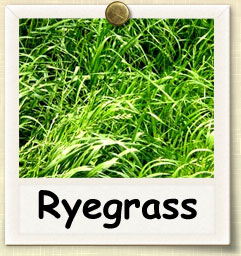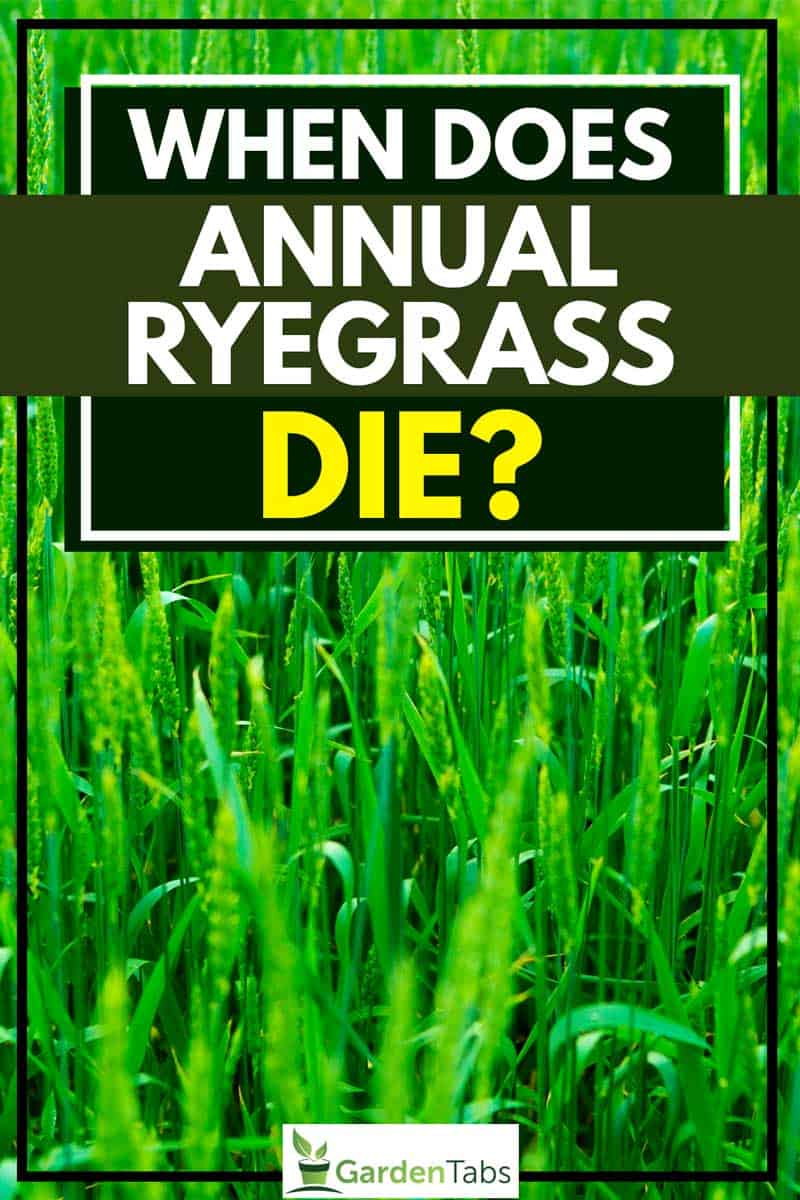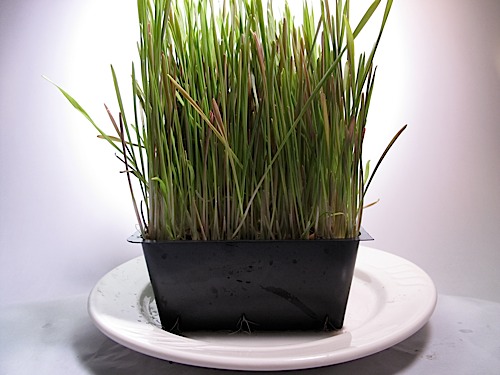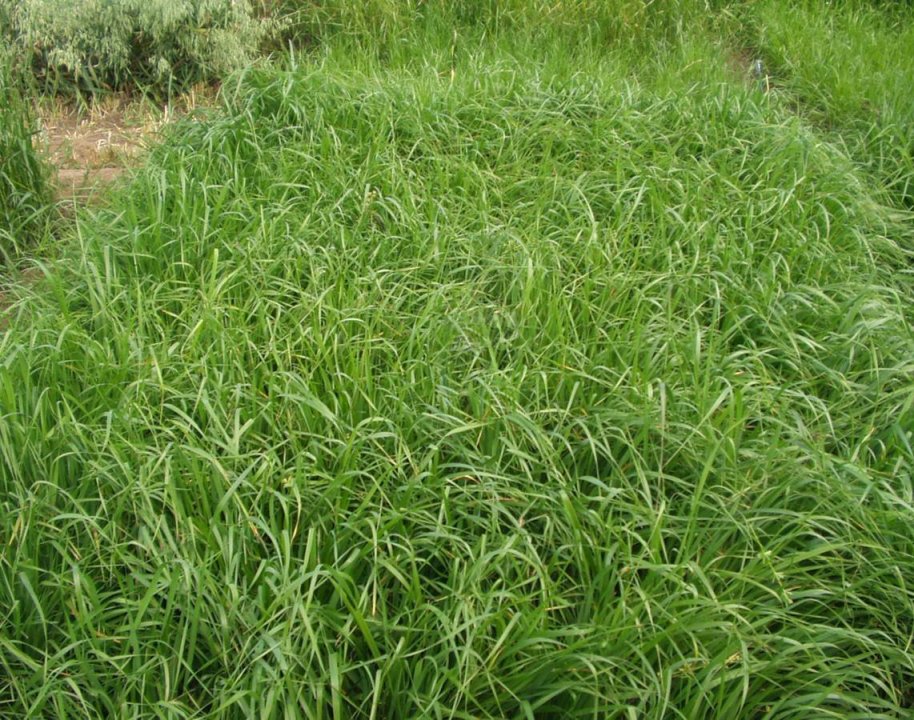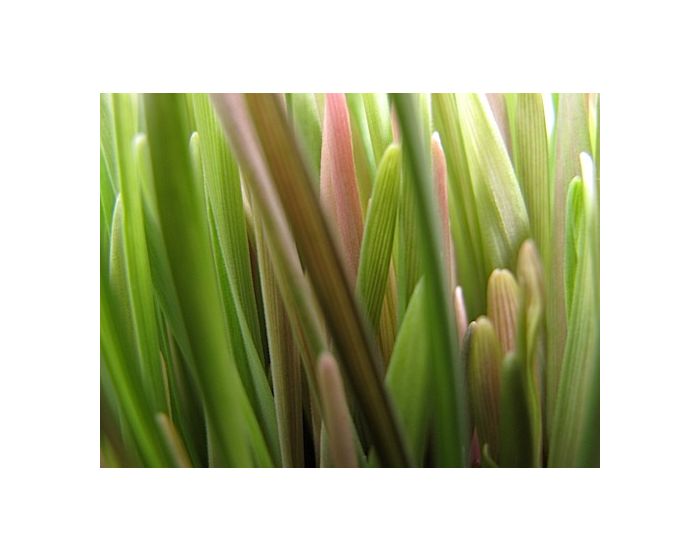Will Ryegrass Grow In Summer

Prepared seedbed plantings made in late summer.
Will ryegrass grow in summer. Near planting but addition of N later in the winter or spring may be unnecessary if the legume makes up more than 30 of the ground cover. To use the plant as a winter annual seed during fall in USDA growing zone 6 or warmer. Annual Ryegrass Planted in fall it grows through the winter to die back in the spring.
As you may already know annual ryegrass is a cool-season grass which means it may die off in the summer months. Cool-season grasses grow most actively when the air temperatures are between 50 and 80 degrees F the soil temperature is 50 to 65 degree F and rain is plentiful. If enough moisture and shade are provided it can survive the summer and even grow for years.
Even if the make-up of the soil is not the most nutrient-rich ryegrass needs proper irrigation or it will go dormant in summer months. If you live in the North and are planting cool-season grass varieties like Kentucky bluegrass perennial ryegrass or fescues the best time to plant grass seed is the spring and again in the fall. And when there are temporary changes in grazing processes like say delayed grazing perennial ryegrass will tend to be more forgiving and overlook it more than its other perennial cousins.
Ryegrass thrives limitedly during winter because of the low temperature and limited sunlight. Irrigation can be used to maintain optimum soil moisture for mitigating the summer woes for ryegrass. When the heat of the summer returns so does the warm-season turf.
During autumn or summer rains a sward of perennial grass will grow almost immediately. Ryegrass is a turf-grass type that needs plenty of moisture. Its growth will slow during summer but it should still be mowed frequently regardless unattended ryegrass can grow up to 2 feet high.
Annual Ryegrass Planted in fall it grows through the winter to die back in the spring. If the ryegrass is used as amendment for fall crops then seed in early spring. Ryegrass when planted in the fall grows all through the winter and dies in the spring.

As long as the temperature does not rise above 100 degrees F there is no risk of perennial ryegrass dying.
Will ryegrass grow in summer. It flourishes in temperatures between 68 and 77 degrees Fahrenheit and even though it does not grow as well in the summer it can survive the summer and grow for many more years if enough moisture and shade are provided. Annual ryegrass is typically planted in late summer or autumn although it can be spring-planted in the northernmost states in the USA and in Canada. And in zone 5 or colder seed in midsummer to early fall.
Irrigation can be used to maintain optimum soil moisture for mitigating the summer woes for ryegrass. The problem with perennial ryegrass is that it isnt very tolerant of shade so it has to be. Perennial ryegrass is also popular in southern climates as a winter grass.
To use the plant as a winter annual seed during fall in USDA growing zone 6 or warmer. Ryegrass is a turf-grass type that needs plenty of moisture. Cool-season grasses grow most actively when the air temperatures are between 50 and 80 degrees F the soil temperature is 50 to 65 degree F and rain is plentiful.
Although it does not grow as well in summer it is shade tolerant. Perennial ryegrass also thrives well when nice farmers like you take really good care of it. And when there are temporary changes in grazing processes like say delayed grazing perennial ryegrass will tend to be more forgiving and overlook it more than its other perennial cousins.
It prefers cooler climates between 68 and 77 degrees Fahrenheit. For a nursery crop sow several weeks before seeding the main crop. The growth rate in winter is low.
Near planting but addition of N later in the winter or spring may be unnecessary if the legume makes up more than 30 of the ground cover. Its growth will slow during summer but it should still be mowed frequently regardless unattended ryegrass can grow up to 2 feet high. Even if the make-up of the soil is not the most nutrient-rich ryegrass needs proper irrigation or it will go dormant in summer months.

If you live in the North and are planting cool-season grass varieties like Kentucky bluegrass perennial ryegrass or fescues the best time to plant grass seed is the spring and again in the fall.
Will ryegrass grow in summer. Annual ryegrass is typically planted in late summer or autumn although it can be spring-planted in the northernmost states in the USA and in Canada. It flourishes in temperatures between 68 and 77 degrees Fahrenheit and even though it does not grow as well in the summer it can survive the summer and grow for many more years if enough moisture and shade are provided. Although it does not grow as well in summer it is shade tolerant.
Annual Ryegrass Planted in fall it grows through the winter to die back in the spring. Even if the make-up of the soil is not the most nutrient-rich ryegrass needs proper irrigation or it will go dormant in summer months. During autumn or summer rains a sward of perennial grass will grow almost immediately.
Perennial ryegrass is a cool-season grass meaning it peaks in growth during cool seasons from fall through spring. Beside this will perennial. In areas where warm-season species go dormant in the winter perennial ryegrass is often over-seeded to provide color for the winter season.
1 Though its not as cold-hardy as Kentucky bluegrass or tall fescue perennial ryegrass flourishes where summers are moderate and winters are cool. Irrigation can be used to maintain optimum soil moisture for mitigating the summer woes for ryegrass. The problem with perennial ryegrass is that it isnt very tolerant of shade so it has to be.
When the heat of the summer returns so does the warm-season turf. Therefore if you notice your lawn turn brown in the summer there is a good chance youre looking at some annual ryegrass. And when there are temporary changes in grazing processes like say delayed grazing perennial ryegrass will tend to be more forgiving and overlook it more than its other perennial cousins.
As you may already know annual ryegrass is a cool-season grass which means it may die off in the summer months. It prefers cooler climates between 68 and 77 degrees Fahrenheit. Cool-season grasses grow most actively when the air temperatures are between 50 and 80 degrees F the soil temperature is 50 to 65 degree F and rain is plentiful.
